Energy-Bands are the simplest way to generate significant amounts of energy quickly and in an environmentally friendly manner
In Germany, more than 200 TWh of electricity can be generated per year if a large portion of our highways and a portion of our federal roads as well as small portion of state roads are equipped with Energy Bands.
All components and techniques involved with Energy Bands are well-established and "commodity". This means: the construction could begin tomorrow. They only requires land that is in public hands – every highway or federal road in Germany can be equipped with them.
However, the most significant advantage of energy bands over conventional solar parks is their ability to provide volatility compensation in generation and consumption. They generate energy while "running toward" or "passing by" different consumers with different consumption profiles. They can also "connect" the harvested wind as well as solar energies and possibly hydropower over distances.
You can download the entire topic page ENERGY BANDS here as a PDF presentation - Presentation Energy Bands

By 2050, the shift of transport and heating to electric energy in Germany is estimated to require over 2,400 TWh of electricity annually - and forecasts indicate that this demand has an upward trend
According to scenarios presented by the Fraunhofer Institute, Germany will require approximately 2,400 TWh of electricity per year by 2050. To minimize dependence on foreign imports, Germany should produce at least 1,000 TWh of this electricity domestically.
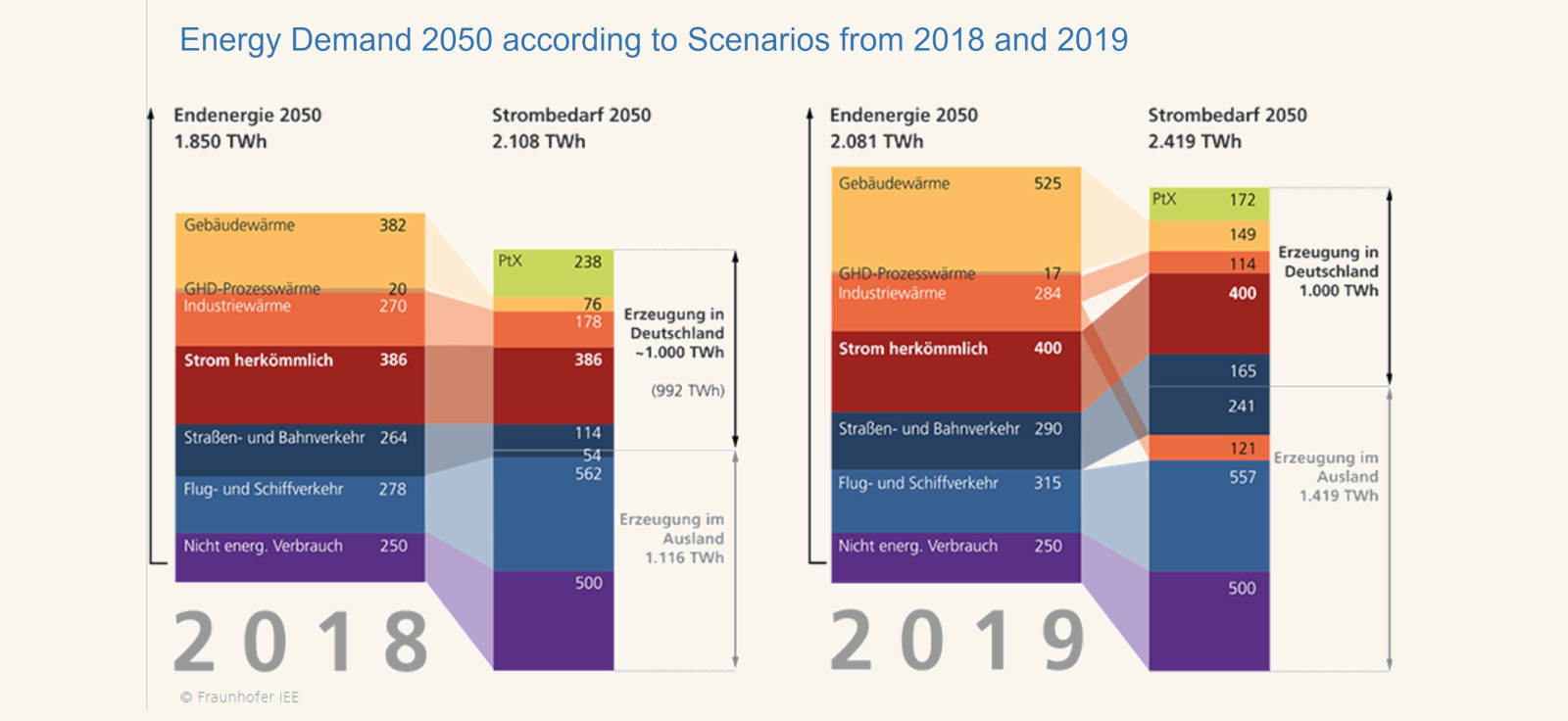
In order to generate 700 TWh/a electricity with wind and solar energy sources in Germany, about 2.5% of the country's land area, equivalent to roughly three times the size of the Federal State Saarland, will be needed: If the target is raised to 1,000 TWh/a, the required land area will increase up to 11,000 km2
Whether the WWF study assumes 700 TWh/a of electricity generation will be needed in Germany by 2050 or 1,000 TWh/a as in the Fraunhofer study, this does not change the challenge that extremely large land areas is needed.
A study conducted by the WWF on renewable electricity supply in Germany came to the conclusion:
A maximum of 2.5% of the state's land area is needed for the energy transition; with a higher photovoltaic share in the electricity mix, 2.0% of the land area is required.
This corresponds to a range of 7,150 km2 (2%) to 8,950 km2 (2.5%) - i.e. an area about three times the size of Saarland (Saarland has 2,570 km2).
The study was conducted in 2018 on behalf of the WWF and assumed the generation of 700 TWh/a of electricity in Germany in 2050.
Accordingly, the values for 1000 TWh/a are likely to be significantly higher, even with increased efficiency of PV-modules and wind turbines.

There are already several excellent concepts on how to expand photovoltaic energy generation in Germany without the need for additional land usage by employing impervious surfaces
Mounting PV modules between railroad tracks has the significant advantage that there are thousands of kilometers of track available and "only" the permission of Deutsche Bahn and the Federal Railway Authority is necessary for installation.
Disadvantages; however, are: Pollution quickly reduces the efficiency - higher maintenance effort, as the system is located in the middle of traffic - heavy rainfall submerge the entire system for a long time - risk of being stolen.
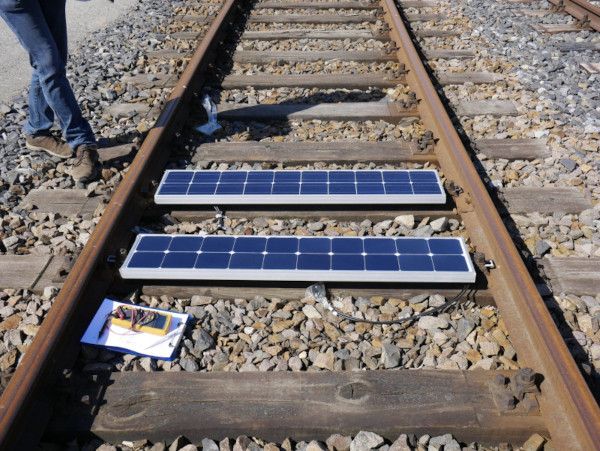
PV modules over industrial agricultural land (Agri-Photovoltaic) have the advantage that the public does not observe them, and farmers have additional sources of income.
Disadvantages are: altering the biological environment for insects, birds, animals and potentially hindering the harvesting process promoting monocultures. On a large scale, Agri-Photovoltaic is critical from a climatic point of view: If black areas appear on a large scale instead of bright cereal fields (albedo effect) leading to regional warming in Germany.
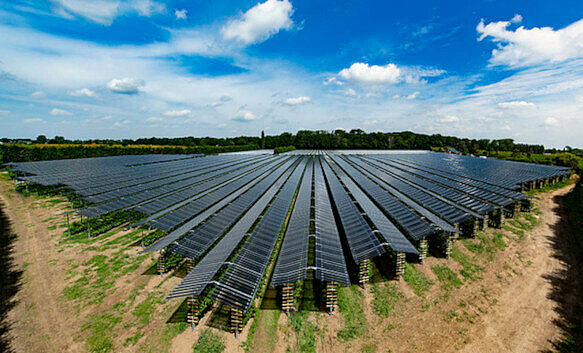
PV modules can be installed along the highways as long as the landowners are willing to do so - a roll-out is accordingly only possible to a limited extent. Forested areas along the highway are also have to be excluded for this purpose. For some systems of this type, glare-shield devices must be installed for drivers. This concept is a very valuable addition to all others, but it can also have a negative impact on regional climate if implemented on a large scale due to a potential increase in the albedo effect..
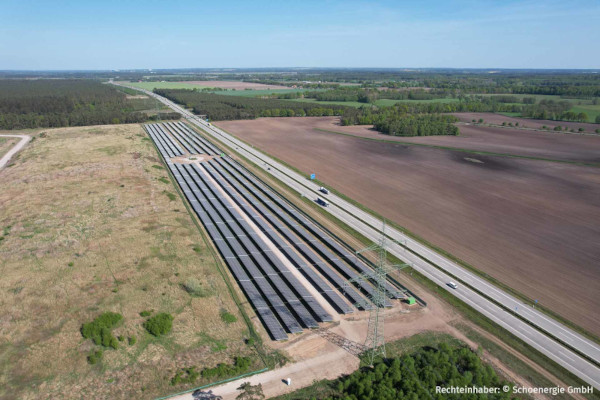
Covering highways with PV-panels has the great advantage of installing dark surface over already impervious dark surface.
The disadvantage is that a significantly greater construction effort is necessary in terms of statics, wind loads, snow loads, drainage, ventilation, lighting etc. For better lighting, semi-transparent PV modules can be planned, but they are less efficient.
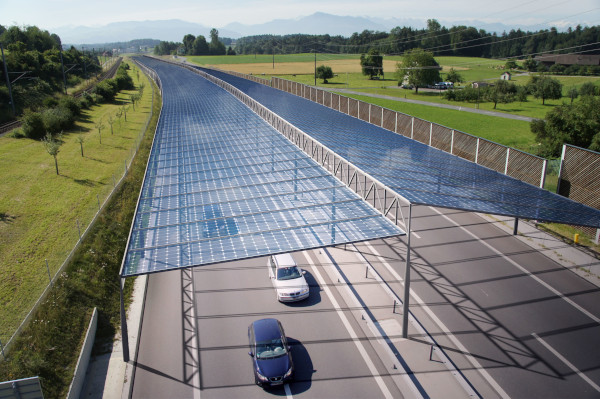
Therefore, Fraunhofer Institute ISE has developed a more flexible solution for PV highway canopies, which can be installed over areas where the course of the highway is straight and accordingly suitable for PV canopies. The installation is not on both sides of the highway, so that efficient black PV modules can be installed without significantly affecting the lighting for the vehicles below. This methode is also less costly in terms of statics and construction.
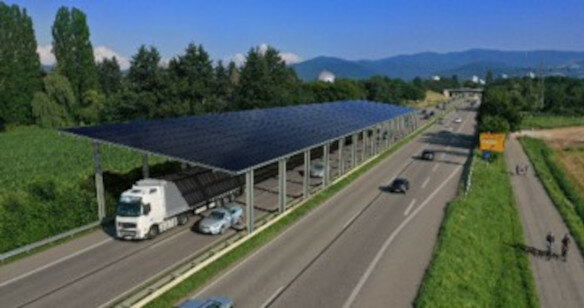
In Germany, there are over 2,500 km of noise barriers with a total area of nearly 10 million square meters. It is wise to utilize these areas, particularly since communities reside behind these barriers, allowing them to directly benefit from the generated electricity and minimizing the costs of transmission/transformation and storage. However, the PV modules must be mounted vertically, as facade photovoltaics, resulting in lower efficiency than PV modules installed at the optimal angle.
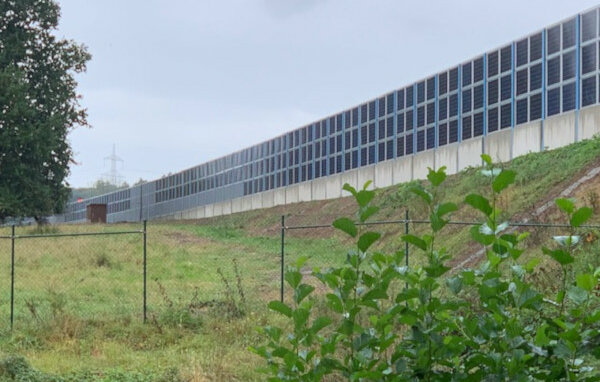
Despite individual disadvantages, all concepts are necessary, because the required amount of electricity can be generated by 2050 if all functional already used (preferably dark surfaces) such as noise barriers, roofs, etc. are covered with PV modules.
Additional concepts are urgently needed, that do not darken previously bright areas, as this can lead to regional warming on a large scale - even without CO2
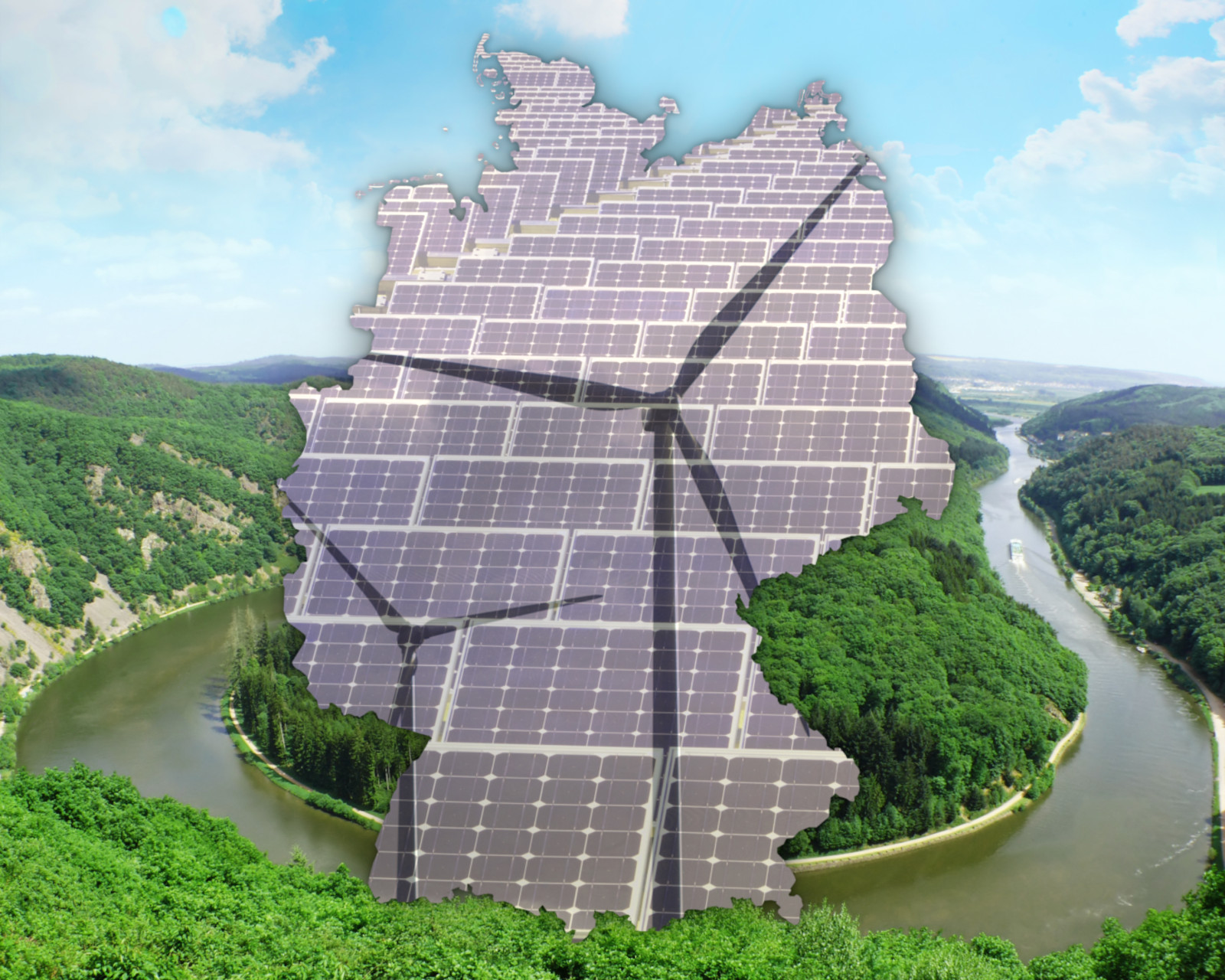
The land area for renewable energy is already at risk of becoming scarce: since February 2023, a wind farm with eighteen 240 m high wind turbines has been under construction in the "Märchenwald" (Reinhardswald) in northern Hesse - in comparison, installing renewable energy along federal highways is much easier.

Accordingly, another solar energy concept has been developed: Energy Bands. They are another key element in the search for areas for environmentally friendly generation of enough renewable energy.
Energy Bands can be installed on the right and left sides of highways or roads, in the middle of them if there is wide enough free space, or even across the highways or roads.
Compared to other concepts along the highways, the Energy Bands have several design advantages:
•They are not near the ground and get dusty so easily
•They have simple statics and do not require irrigation, snow load constructions, lighting concepts, etc.
•The PV modules are mounted at the optimum angle to the sun and not vertically mounted as the facade PV installation leading to high energy yield.
•They could be integerated with small wind turbines in case of high wind potential.
A very significant advantage; however, is that their dark surfaces are placed along or over already dark surfaces (the roads) at a height of 5 to 7 meters, so that the albedo effect is negligible.
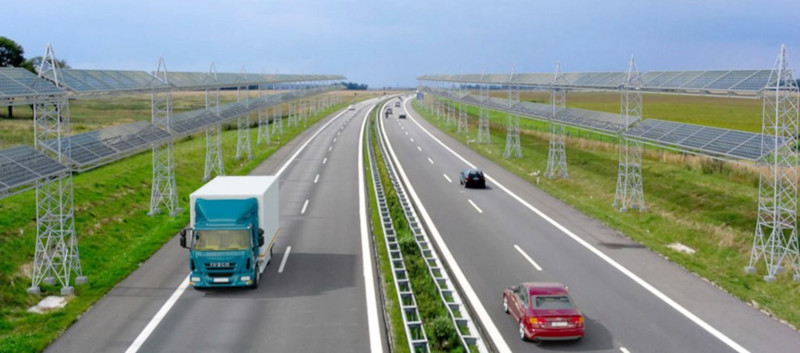
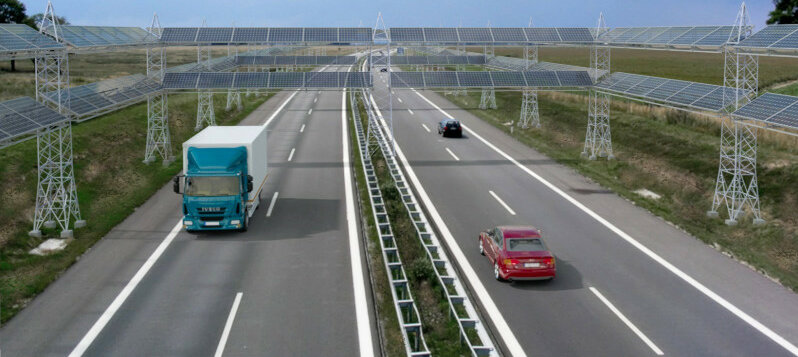
The most important environmentally friendly aspect: Energy-Bands do not darken previously bright surfaces as much as is the case with many large flat solar fields
In windy areas, it should be studied whether the photovoltaic modules can also be supplemented with small wind turbines on and between the pylons
However, this leads to significantly more complex constructions. Therefore, the integeration of wind turbines with the Energy Bands only makes sense in certain regions of Germany. Depending upon the region, each 1-m-diameter wind turbine can generate between 50 and 100 kWh/a of electricity.
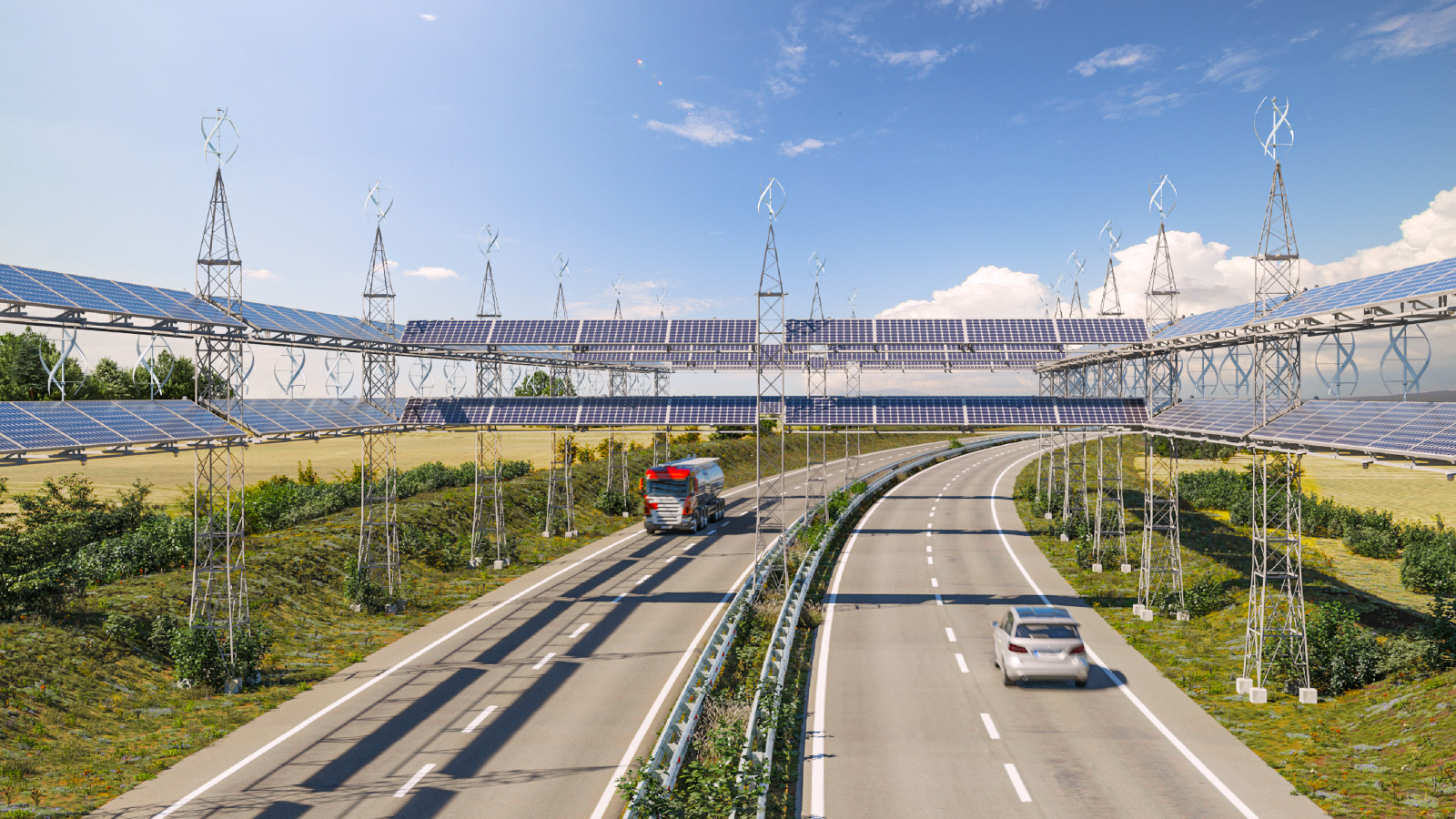
Energy Bands have three major advantages in a flexible but nationwide roll-out: (1) easy installation, (2) volatility compensation in generation and consumption, and (3) only the public sector stakeholders are involved in terms of land use.
They are extremely easy toinstall: All components for them are available, nothing has to be developed or researched
They run from place to place and can thus balance out volatility: in both generation and consumption
They are located exclusively on public land: no approvalfrom private propertyowners is required
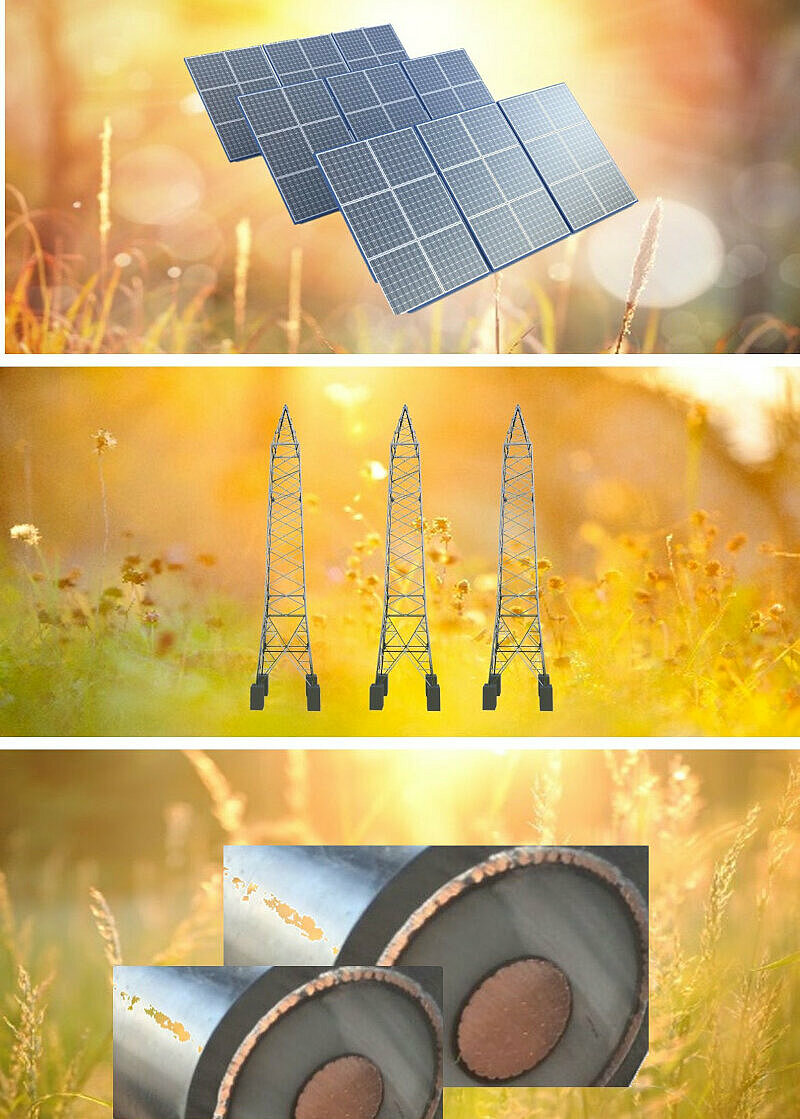
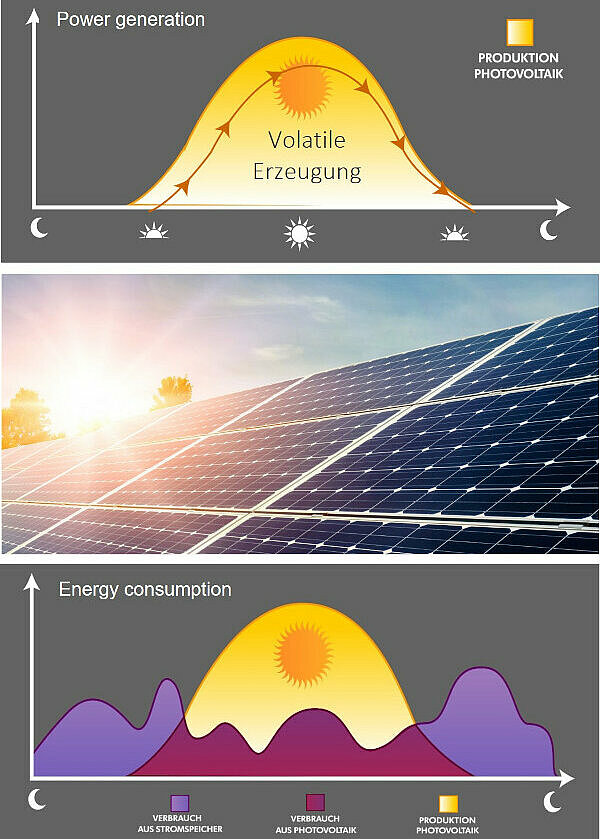
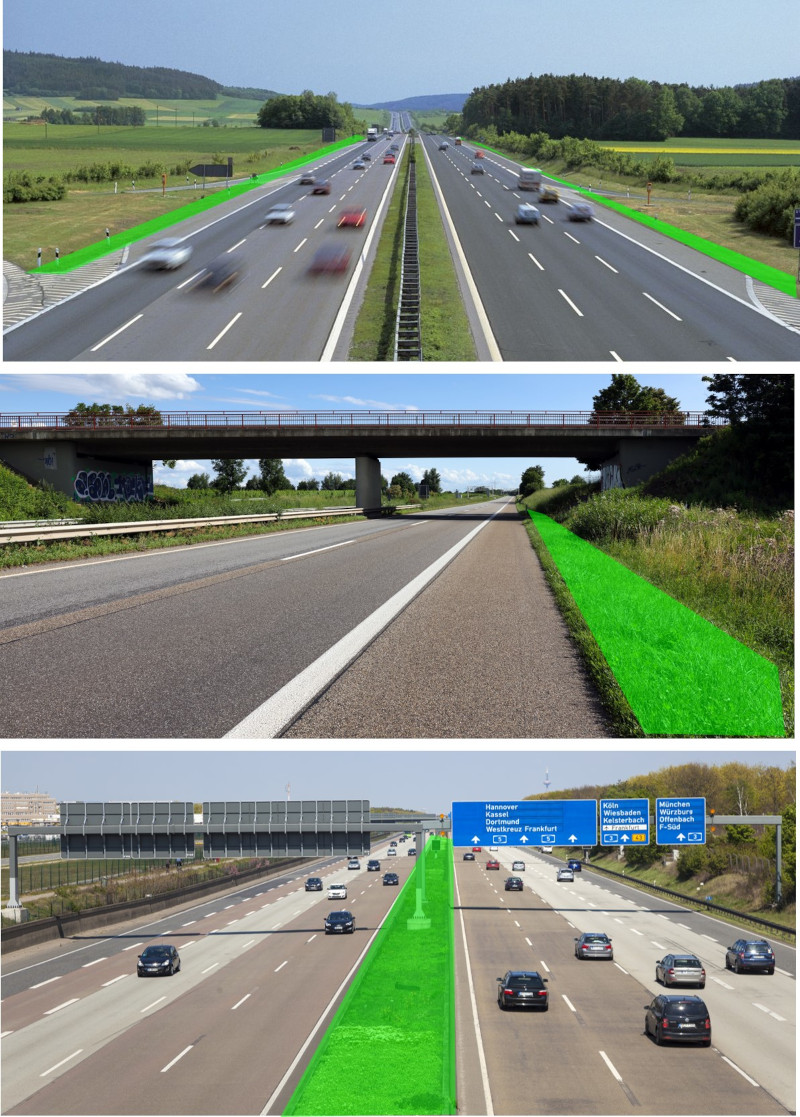
The greatest advantage of Energy Bands: Distribution takes place during generation
Roads always lead towards consumers - and Energy Bands with them also! In this way, generated energy is delivered directly to the consumer, or every consumer they pass by is potentially also a recipient of energy - with different load profiles, so that volatility is balanced on the consumption side. The surpluses of energy can be stored in batteries or pumped hydroelectric energy storage systems or consumed by electrolysers to produce hydrogen.
In addition, Energy Bands could connect different energy sources with each other, namely wind power plants with Energy Bands and thus, create maximum volatility compensation in generation. The Energy Bands pass regionally through different areas with different weather conditions, leading to volatility compensation in the electricity generation.

The most important lever for volatility compensation: regional solar energy should be combined with wind power plants. The principle corresponds to the German north-south power line, where the focus is on wind energy in the north and solar energy in the south
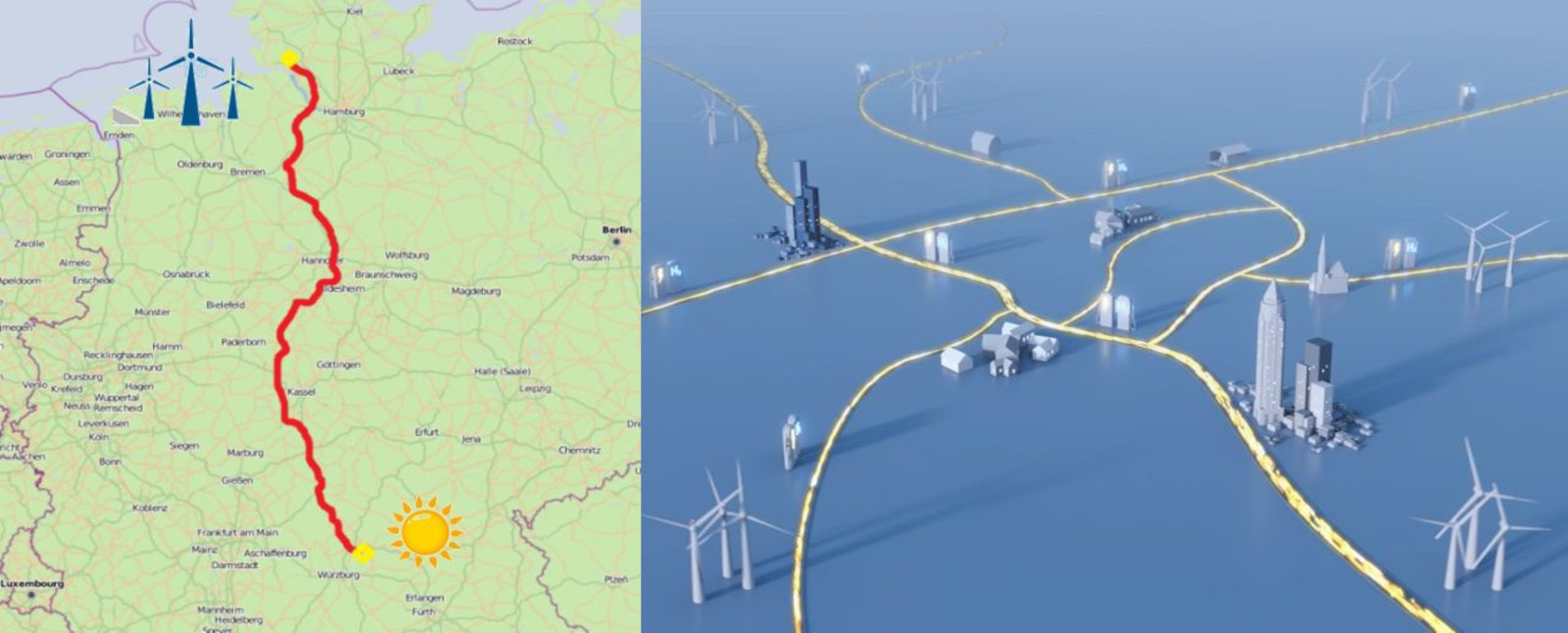
Energy Bands run through a wide variety of weather conditions and, accordingly, can often provide an excellent volatility balancing between wind and solar energy when the Energy Bands are connected to the wind farms
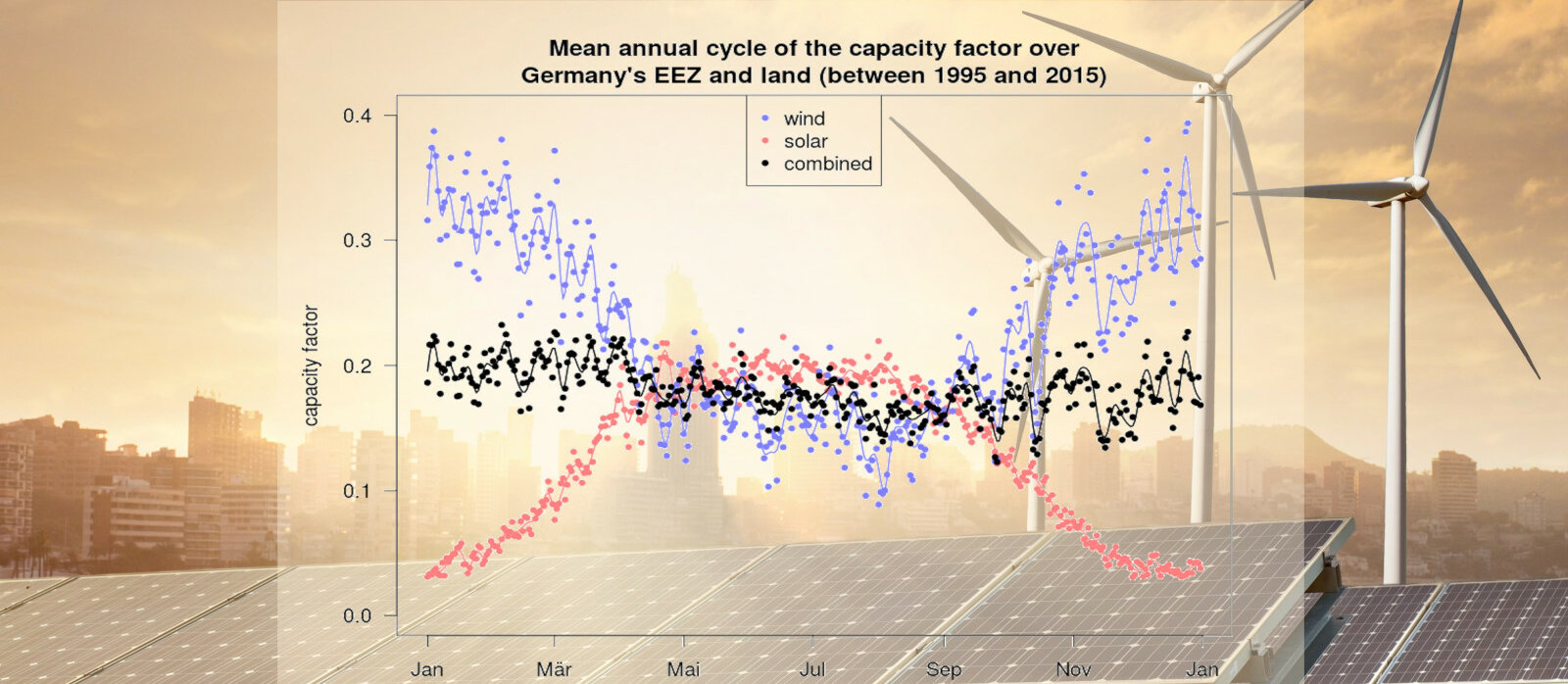
Energy-Bands run along roads - and thus automatically pass by a wide variety of consumers with different load profiles
During the planning of Energy Bands, it is necessary to investigate which consumers along the roads could be the potential users. The more diverse the load profiles, the more successful the volatility compensation.
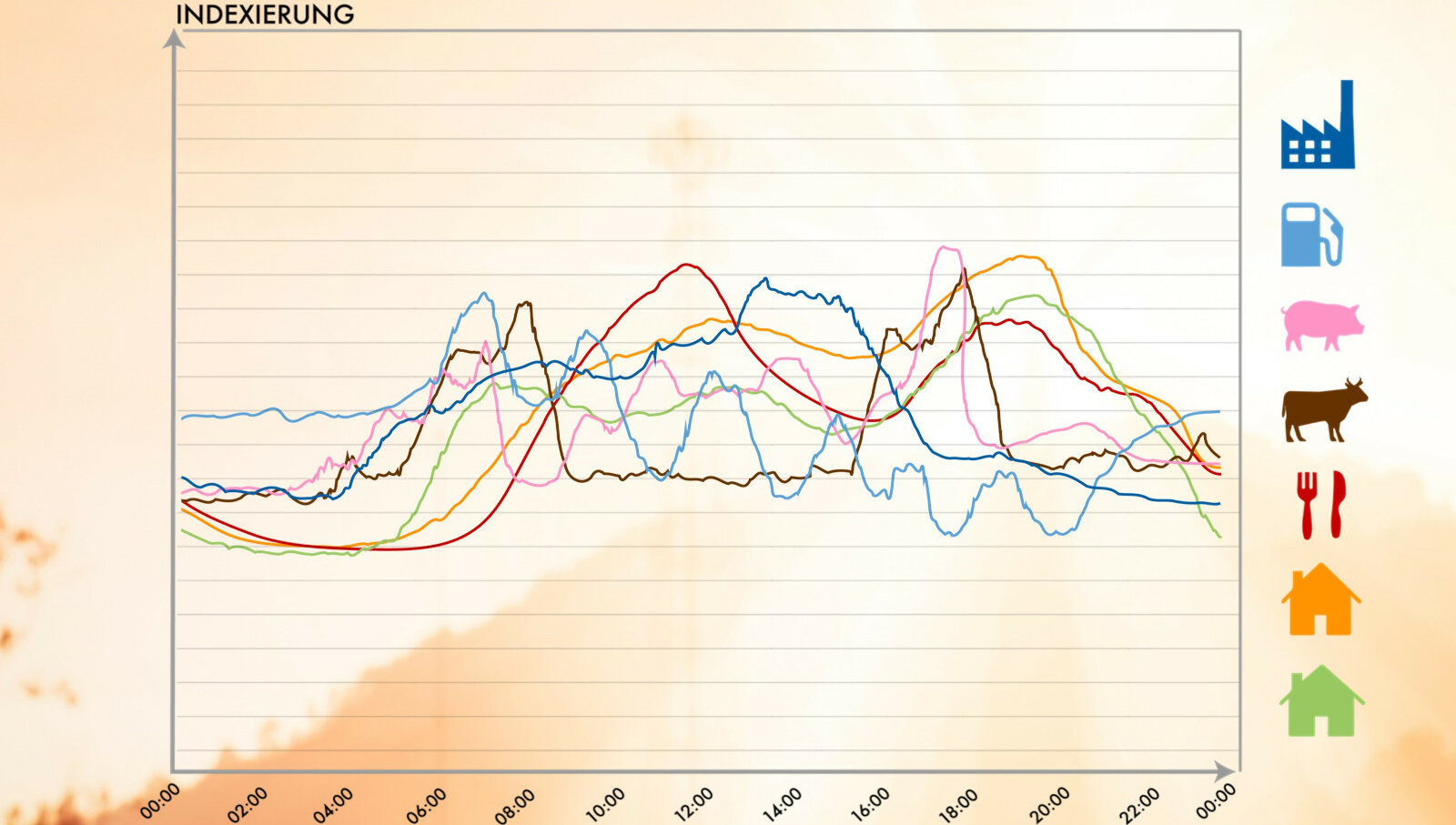
Energy Bands can be installed quickly and easily on German roads - equipped with bifacial PV modules (efficiency approx. 25%), they can produce over 200 TWh of electricity per annum

Approx. 200 TWh/a represent a considerable amount of electricity. For comparison: The three German nuclear power plants which are still in operation in 2022 will each produce between 11 and 12 TWh/a, in total 34.5 TWh/a.
For about 201 TWh/a, another 14 nuclear power plants of this size would be needed.
Another comparison: The Three Gorges Dam in China is the largest dam and hydroelectric power plant in the world. However, it only produces a total energy of 84.7 TWh per year.
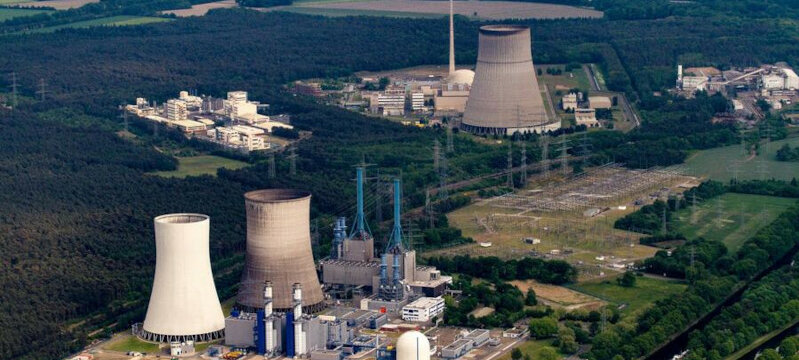
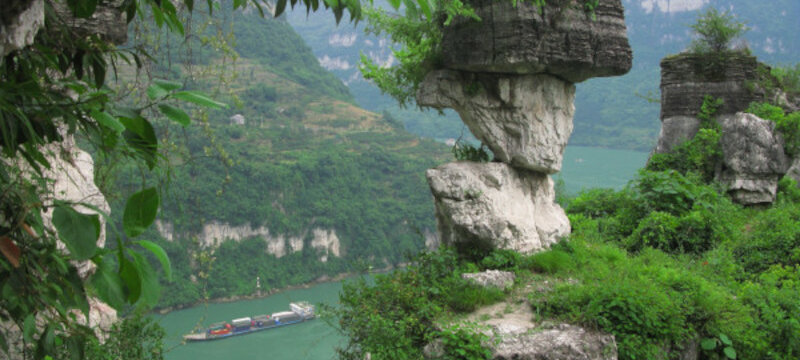
Not only noise barriers, but also highway bridges can be equipped with photovoltaic modules on their side surfaces
This energy produced in a completely decentralized and fragmented way can be collected and forwarded through the energy bands.
The same applies to all other infrastructure elements along federal roads (and occasionally along less attractive state roads).
For example, the backside of road signs can also be integrated with PV modules, especially those whose backside are faced towards the sun.
If the Federal Railway Authority does not build its own Energy Bands along railroad lines, Energy Bands could also be installed in locations where federal roads run alongside railways (subject to approval by Deutsche Bahn), the energy from which could also be collected and forwarded by the high-voltage cables of the highway Energy Bands.
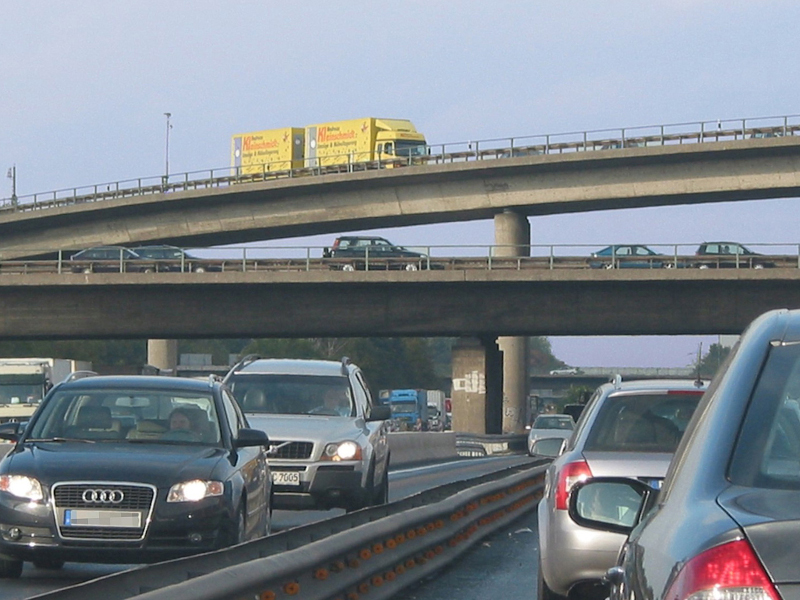

If three rows of PV instead of two rows are installed along the roads in certain areas, supplemented by vertical PV on the pylons, and if in some areas additional PV cross bands are also installed above the roads, it is estimated that an additional 25 TWh of electricity per year can be generated in Germany
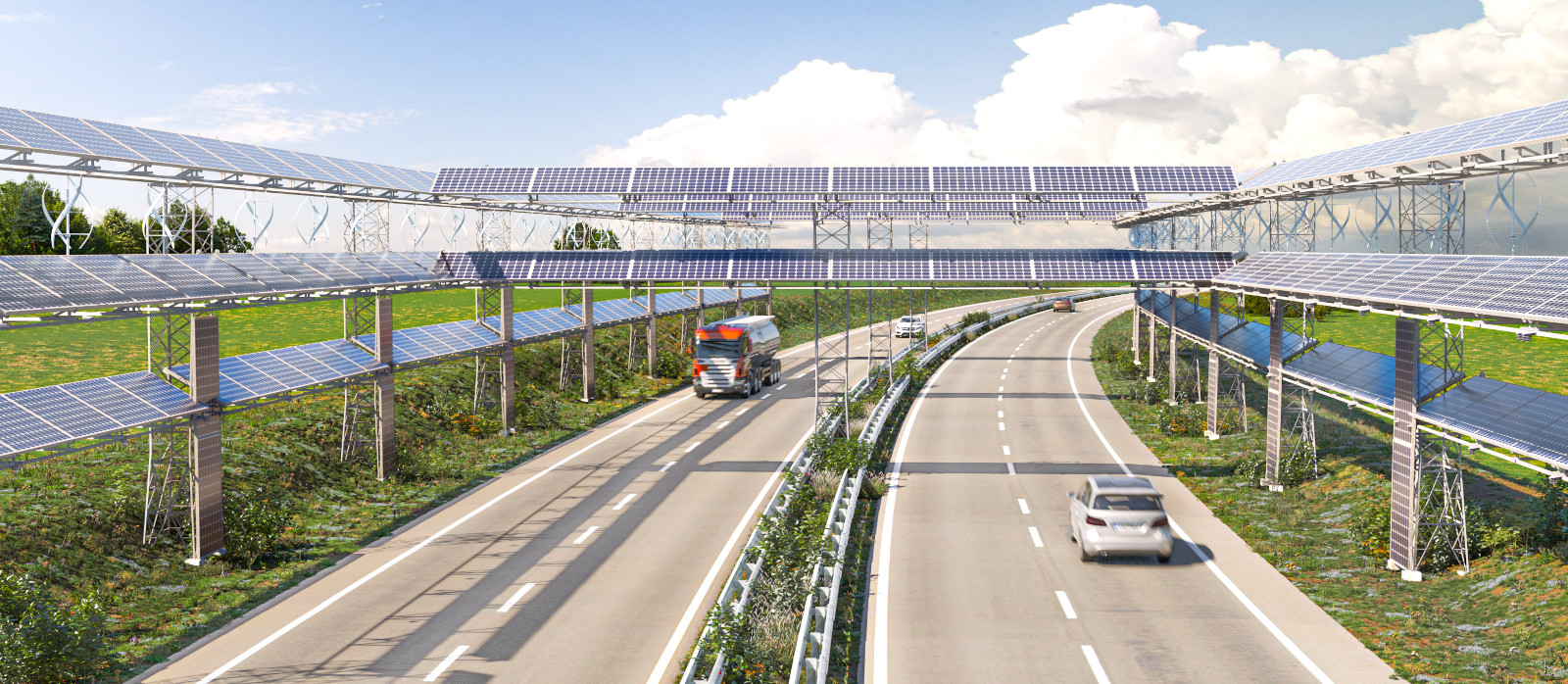
When observing Energy Bands from the side window, a pylon can be observed every 15 meters: If the pylon is constructed with an iron lattice, it has a minimal impact on the view
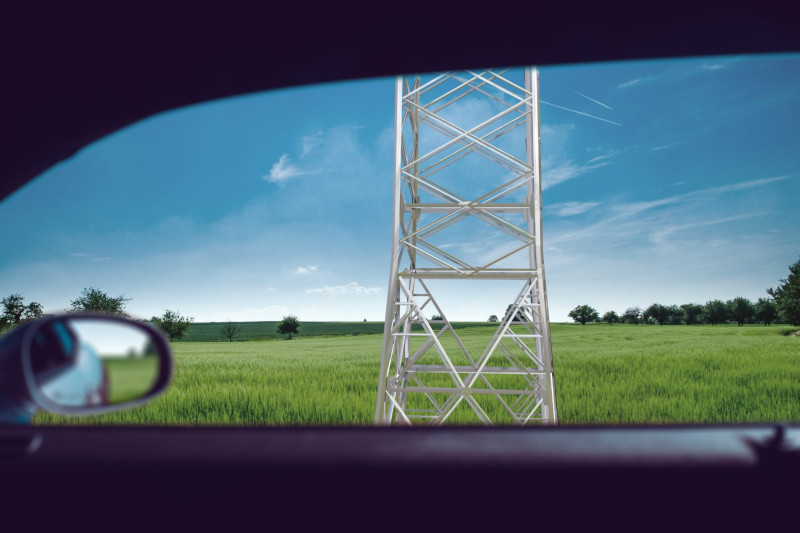
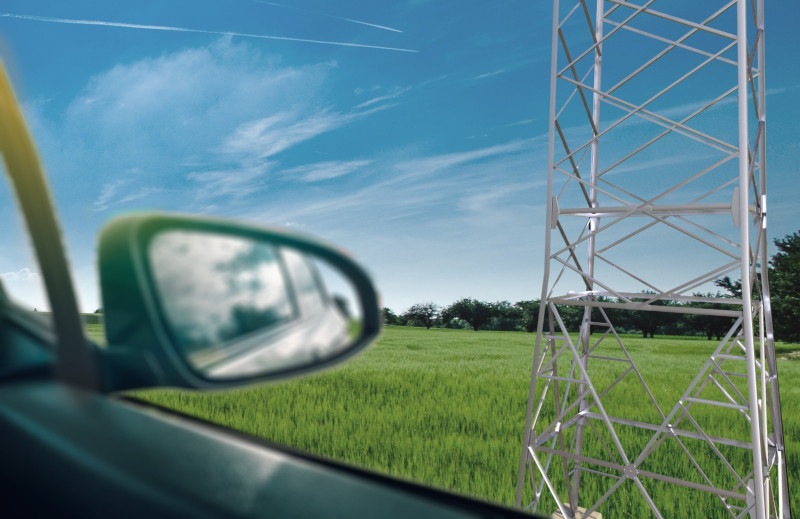
In this study, only 10% of the state roads have been assumed to be integerated with Energy Bands. This contributes about 26.5 TWh/a to the total of 200 TWh/a of electricity.
If 40% of state roads in Germany were equipped with Energy Bands, another 80 TWh/a could be generated.
This would be possible without any impact on nature, as the Energy Bands have only a negligible negative albedo effect and do not pose any environmental burden.
They are also quiet, as they are usually not equipped or if they are, then only with small wind turbines. But they can potentially interfere with the view when looking out of the window:
While energy bands hardly disturb the view when looking to the side out of the window, they are certainly noticeable when looking ahead which would be a pity for most state roads that often lead through beautiful nature.
Therefore, only 10% of state roads and only 65% and 80% of federal roads and highways have been targeted for installation of Energy Bands in this study.
To achieve nationwide acceptance, it is crucial that all routes around the towns, as well as the roads with beautiful landscapes are free of Energy Bands
Energy Bands have the great advantage that you do not require a large closed infrastructure project to be effectively constructed: Additionally, each community, region and state can individually decide where energy bands should run from and to. In case of high opposition or too much coordination reqquirements, the pylons can be skiped and only the cable under the ground proceeds. This is particularly important in Germany for a quick implementation
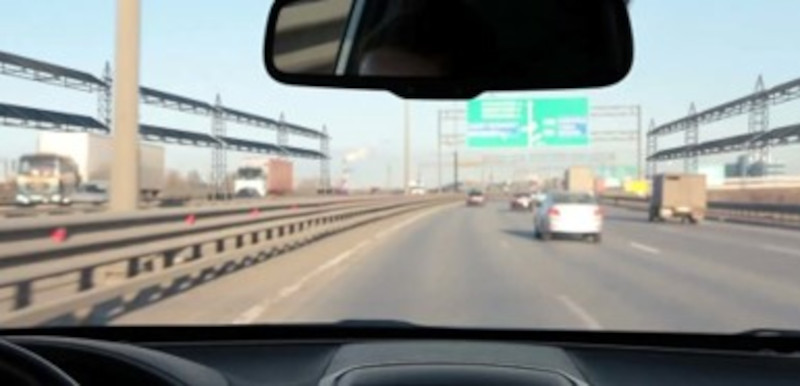

Wherever the Energy Bands could cause interference, the row of pylons can be suspended and let only the underground high-voltage cable continue. Once the Energy Bands are not leading to any disturbance, they can appear again on the right and left sides - completely flexible.
The Energy Bands are planned with a direct current (DC) system; however, it is converted to alternating current (AC) at various electrical substations, if needed
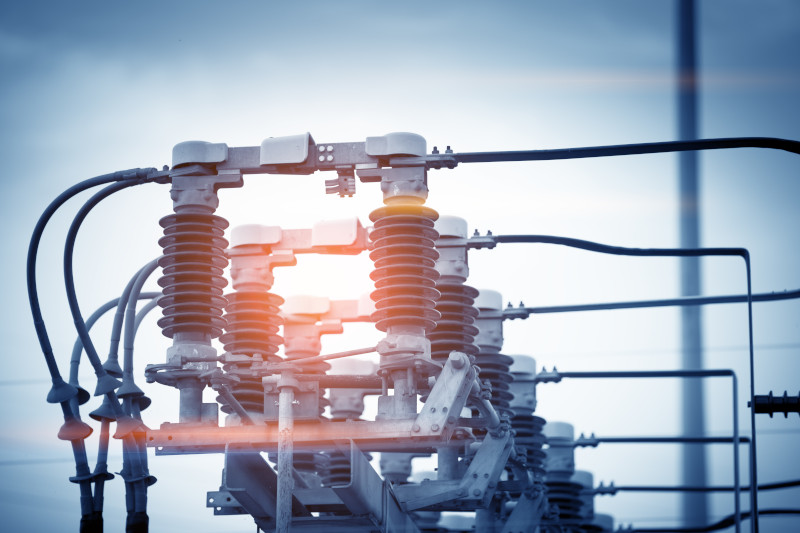
The PV modules generate direct current. Electrolysers, batteries, and cars also operate with direct current. In addition, the energy loss during the transport of direct current is lower than that of alternating current. Therefore, it is wise to maintain the generated power in DC to reduce the losses.
DC-DC converters are installed on several pylons to increase the voltage of the generated electricity up to 110 kV, corresponding to the cable that is laid underground along the Energy Bands to transport the electricity further.
DC-AC inverters are required at all electrical substations leading to AC consumers.
The costs for DC/DC converters and DC/AC inverters are currently difficult to estimate, as economies of scale emerges quickly by nationwide installation of Energy Bands. Therefore, their costs are estimated to be 20% of the PV module costs.
To ensure that the current in the cable does not exceed 630 A, in the case of high-efficiency PV energy harvesting, a transfer of electricity from the 110-KV cable to the electrical substations must take place at least every 8.6 km - unless some consumers draw energy from the line in between

The high-voltage cable running alongside the Energy Bands under the ground should not exceed 110 kV, otherwise the high-voltage cable will have to be laid not one, but two meters under the ground surface. This, in turn, can be geologically challenging in some regions – whereas one meter below the ground level is usually unproblematic.
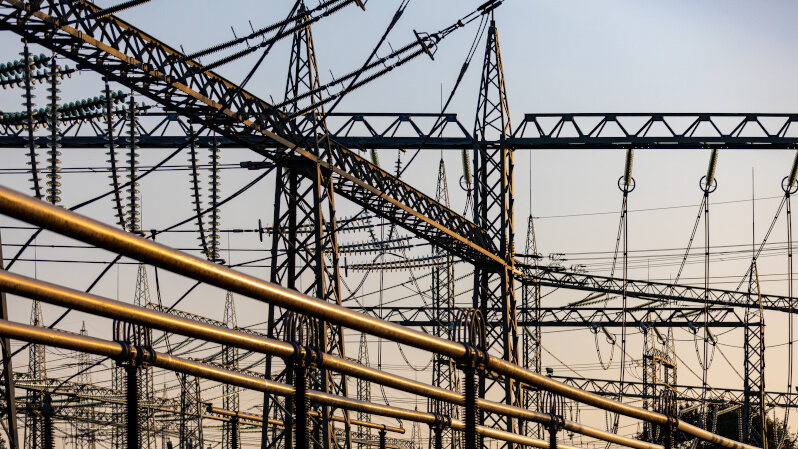
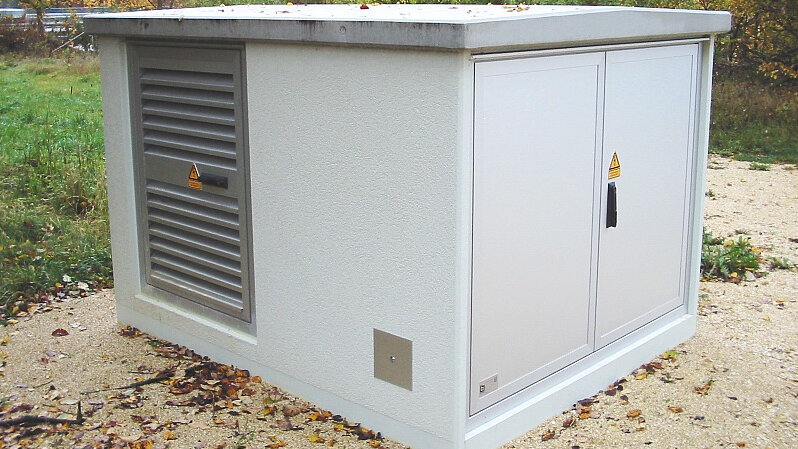
The distance of the necessary electrical substations for energy transfer, in order to not overload the high-voltage-line under the ground increases once the users along the Energy Bands consume energy: storage systems along the Energy Bands are also considered as consumers, which can extend the distance to the next electrical substations
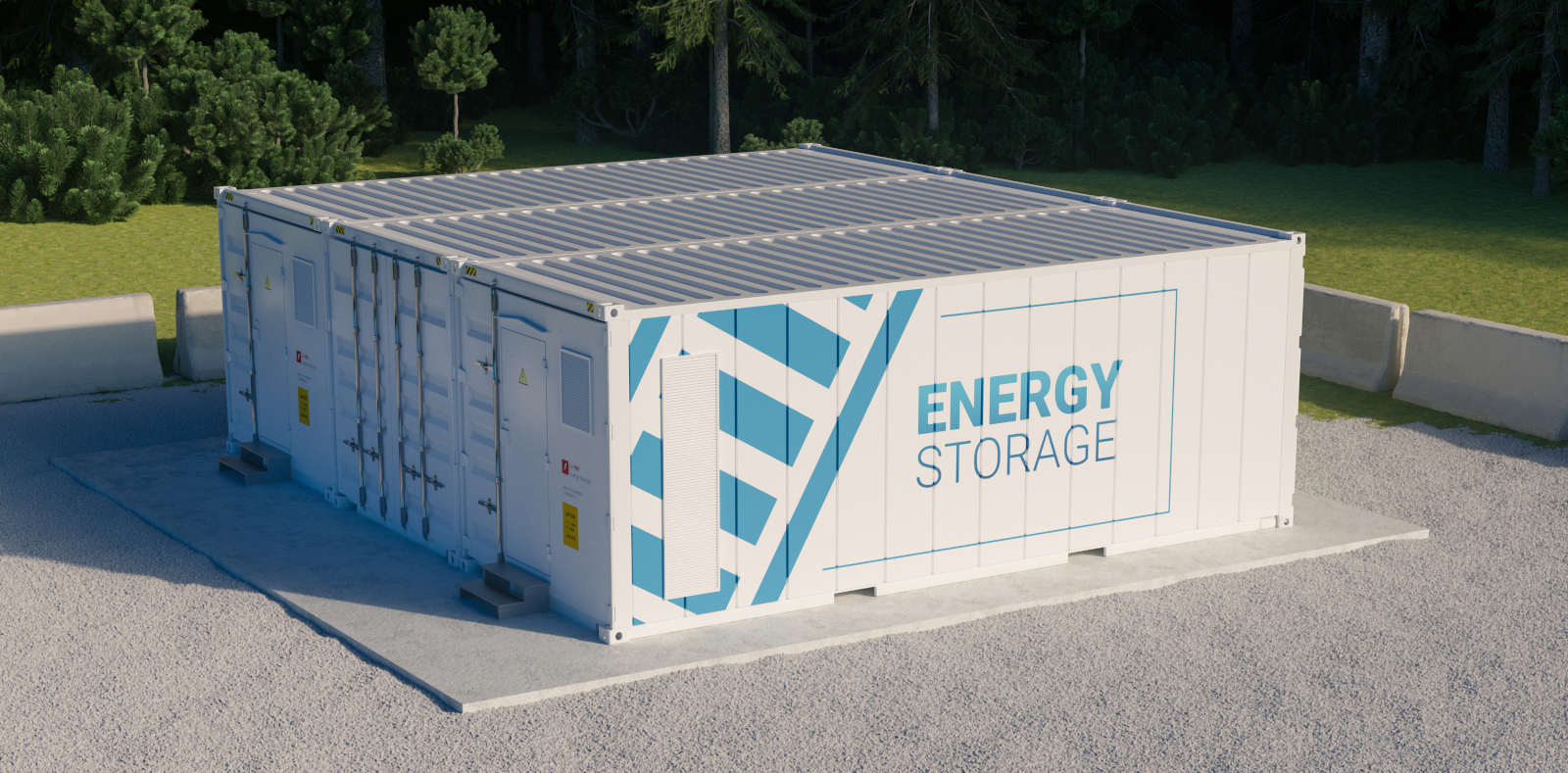
However, the Energy Bands not only generate and distribute their energy themselves, but also take the energy from other energy producers along their path, which then the distance to the next necessary electrical substations is shortened again
Energy Bands can not only generate large amounts of renewable energy in an environmentally friendly manner, but they can also grow together to form regional and supra-regional "smart grids" of the future that collect renewable energy from other decentralized energy producers along their path
The Energy Bands also automatically pass by lands, where significant amounts of electricity can be produced. It makes sense to collect this energy and deliver it to other consumers with a different load profile or to a energy storage system.

The Energy Bands can contribute to the realization of the energy transition by collecting the decentrally produced energy along their path and transferring that to storage locations
Conventional grid structures are not designed to collect and redistribute the decentrally generated volatile energy on a large scale. However, depending on the weather conditions the large surpluses of energy must be taken from the system.
The energy surpluses must be transferred to the consumers or storage locations through a smart grid structure. The energy bands are structurally suitable for this purpose.

For each area, it is also necessary to analyze which battery technologies (e.g. underground organic reddox-flow batteries) makes more sense: for short-term energy storage as well as for continuous stabilization of the grid frequency
Energy-Bands are a milestone on the way to implementing the hydrogen strategy in Germany and Europe
Energy Bands run along roads - which means: They pass by hydrogen production sites with hydrogen storage tanks and hydroelectric power plants - in other words, to the places where surplus of energy can be stored for a long-term period. Since the number of hydropower plants in Germany is limited and their construction often involves major interference with nature, hydrogen tanks will become the most common long-term storage facilities.
The greatest challenge of the future will not be the generation of electricity in sufficient quantities, but rather the storage of this decentralized and volatile energy.
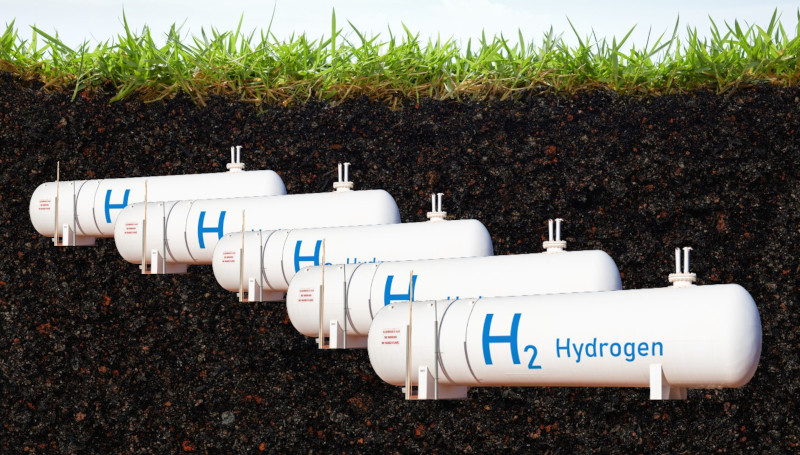
Only structures that can pass by all decentralized producers and use the surplus of energy to produce hydrogen for a long-term storage purposes can offer a solution to this problem: This is because the large-volume hydrogen storage and production facilities have to be installed underground in the remote areas - and only "collection structures" like the Energy Bands can reach these areas.
Only structures that can pass by all decentralized producers and use the surplus of energy to produce hydrogen for a long-term storage purposes can offer a solution to this problem: This is because the large-volume hydrogen storage and production faciliti
Only structures that can pass by all decentralized producers and use the surplus of energy to produce hydrogen for a long-term storage purposes can offer a solution to this problem: This is because the large-volume hydrogen storage and production facilities have to be installed underground in the remote areas - and only "collection structures" like the Energy Bands can reach these areas.

Hydrogen is very volatile and takes up a lot of space, its compression and cooling are energy intensive – and electrolysers also take up a lot of space
Accordingly, it makes sense to look for ways to install both the production and storage of hydrogen underground. If necessary, where one-meter-deep trenches are dug for the high-voltage cables of the Energy-Bands, hydrogen lines can also be laid at the same time - provided there are hydrogen consumers along the Energy-Band route.


In the course of the Energy-Band expansion, a hydrogen production and storage landscape can also be created in Germany
As soon as Energy-Bands spread out and network to form an „Energy Internet", there must be standardized technical interfaces and common central measurement and billing systems, similar to the Internet.

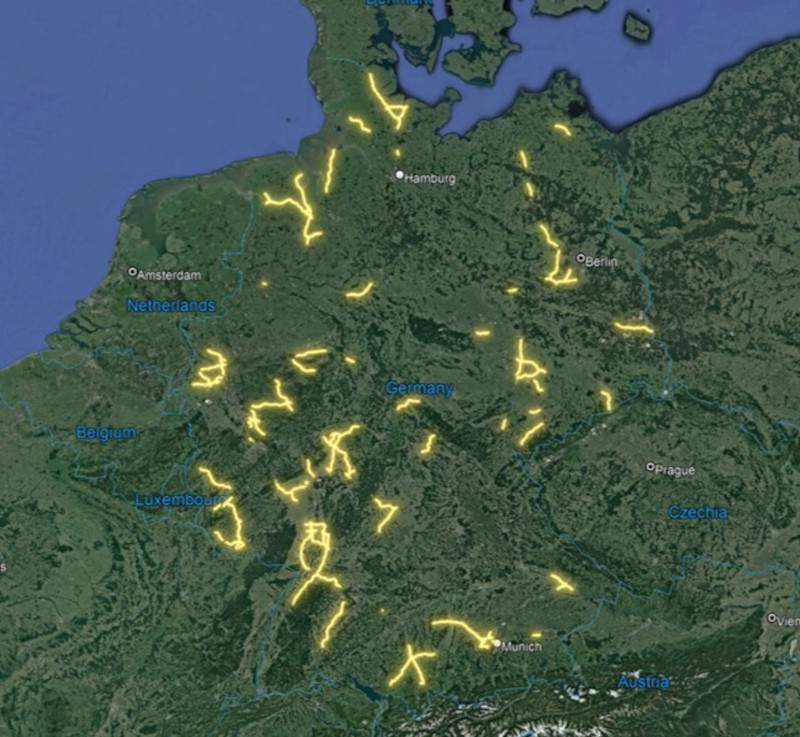
Then the Europe Energy Internet can emerge beyond Germany
Conclusion: In essence, the Energy-Bands are a self-amortizing laying strategy for a second grid line structure: Photovoltaics, which generate electricity themselves in stretches through PV modules on masts or collect it from other smaller decentralized generators, are the visible part of the Energy Internet in Germany and in Europe
